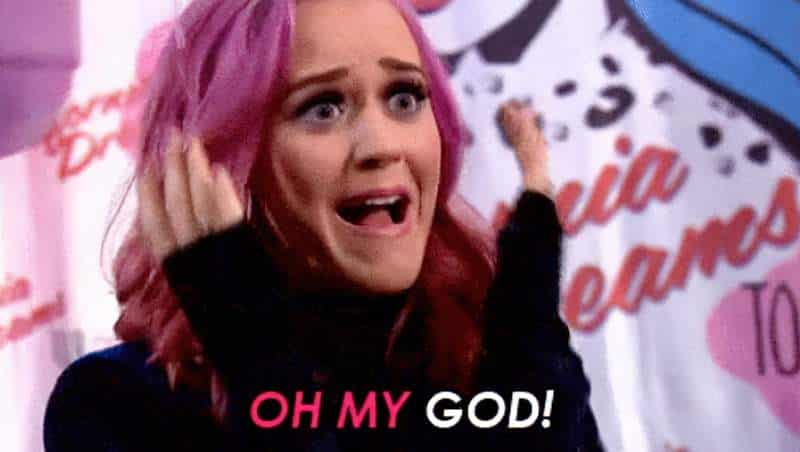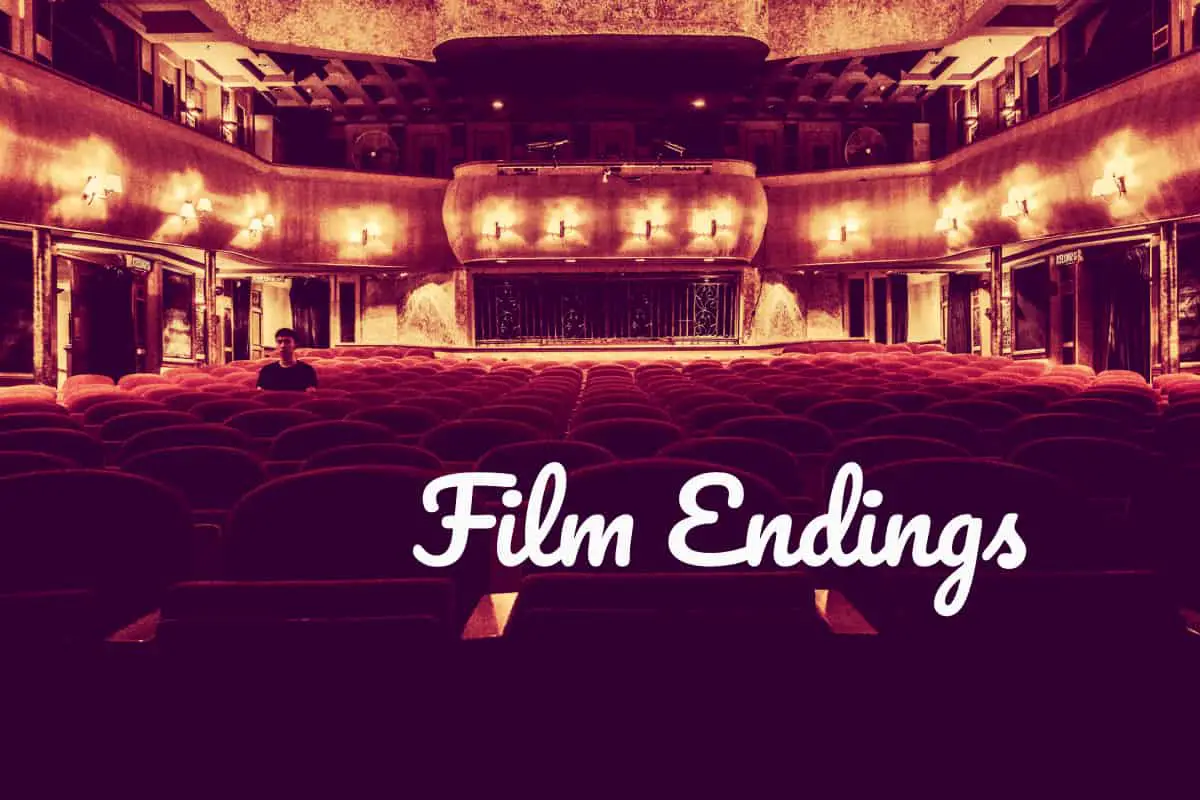In general, film endings are no different from any other form of narrative. Films—more than anything, in fact—tend to adhere to storytelling structure. That said, there are a few misconceptions about film endings.
HOLLYWOOD DOES NOT SELL HAPPY
There’s this misconception that Hollywood movies generally have happy endings, and that a general Hollywood audience won’t pay to see depressing or open ones. This is not borne out by the statistics:
Down-ending films are often huge commercial successes….For the vast majority doesn’t care if a film ends up or down. What the audience wants is emotional satisfaction—a Climax that fulfils anticipation….Who determines which particular emotion will satisfy an audience at the end of a film? The writer. From the way they tells their story from the beginning, they whisper to the audience: “Expect an up-ending,” or “Expect a down-ending” or “Expect irony”. Having pledged a certain emotion, it’d be ruinous not to deliver. So we give the audience the experience we’ve promised, but not in the way it expects.
Robert McKee
- Perfectly Happy, Even Without The Happy Endings from Go Into The Story
- 12 Movies That Filmed Happy Endings You Never Saw from io9
- Unfinished Business: how Disney and Marvel killed happy ever afters by Nicholas Barber at The Guardian
FILM AND OPEN ENDINGS
It may be true that film endings are starting to change, based on the way films are made, funded and franchised.
- Movies struggle to find ‘the end’ from the LA Times
- The Director of Three Hunger Games Movies on Resisting a ‘Squeaky-Clean’ Ending from Time
- The End of Endings from NYT Critic’s Notebook
CASE STUDIES
PRETTY WOMAN
The original script for that film (then called 3,000 after the amount the prostitute is paid for the week) had a much darker ender — where the couple didn’t get together. Says Gere of that original ending, “It does exist, but I’ve never seen it. It was a dark movie,” he adds. “But I think Jeff Katzenberg saw something in it and didn’t want to make that movie, but he saw this other movie in it.”
Richard Gere
STAR WARS
There’s a rumour that Star Wars was a real mess until it got to the editing room, but this comes largely from the idea that the stories we love tend to arrive fully formed and perfect in the mind of the creator. All movies require a lot of editing, because storytelling is hard work.
— Was Star Wars Saved In Editing? from The Awesomer
THE SHINING
The original cut of The Shining contained a short scene after Jack Torrance found himself stuck in the snow featuring Wendy and Danny in the aftermath of their night of terror. But a week after the film’s release, director Stanley Kubrick ordered the scene to be cut from all prints of the film and sent back to Warner Bros. for destruction. Few if any copies of the original scene have survived, but pages from the script give us some clue of the rather hopeful ending Kubrick had in mind for the surviving Torrances.
Script Pages From The Shining Reveal Kubrick Had A Different Ending In Mind, from io9
A QUIET PLACE
Krasinski revealed that he was not a fan of Emily Blunt‘s character killing one of the monsters with her shotgun. In fact, it wasn’t even he who thought of it.
“The ending of the movie was our producer’s idea. He said, ‘Emily needs to shoot the monster,’” stated Krasinski. “And I remember thinking, that’s insane. I was so against it. And bizarrely, I was driving to work the next day and was listening to an old podcast, an interview with Steven Spielberg from the early ’80s, and someone said: ‘Why is your generation of directors moving away from making art?’ And he said, ‘Why can’t we make art films that you can also eat popcorn to? I’m not going to shy away from making people enjoy really exciting movie moments, too.’ And I thought, ‘Oh my God!’ That was my wake-up moment to this idea that shooting the creature at the end wasn’t abusing my artistic take.”
SyFy Wire


